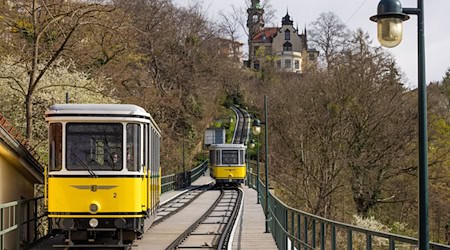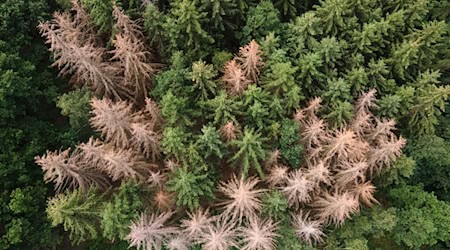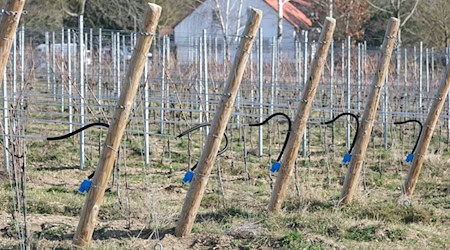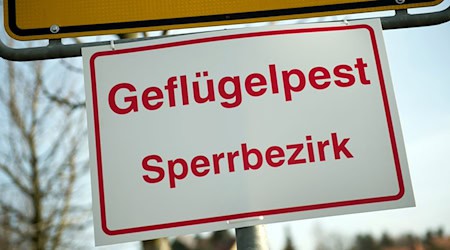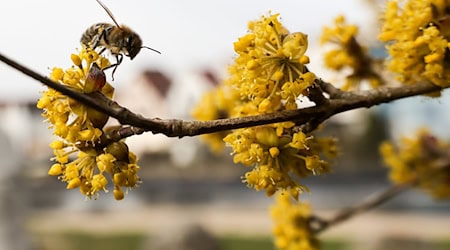The grape harvest in Saxony's Elbe Valley between Pirna and Diesbar-Seußlitz is nearing completion after seven weeks. The majority of wineries have already finished or are close to finishing, said Felix Hößelbarth, chairman of the Saxony Winegrowers' Association, to the German Press Agency. The dry September and October were ideal, he said, including for the harvest. "It will be a very good vintage, in quality and quantity, across the entire growing region."
According to Hößelbarth, the original forecast of 28,500 hectoliters of yield at the start of harvest could still be exceeded. "That would be 10 percent more than last year." He also thinks 29,000 hectoliters is possible. The sun at the end was also good for the must weight, he said. 95 degrees Oechsle and higher is "very neat and speaks for good quality." And the wine also had the necessary flavor and aroma.
According to Hößelbarth, there was an unusual sequence of good and bad weather with times "when it was far too dry and then again too much rain." Successful viticulture is becoming more unpredictable, more challenging and is not a foregone conclusion, he said. "Everything there is in terms of rules and you have experience, you can't just apply and transfer." For example, when defoliating to aerate the grapes, care had to be taken not to remove too much or too soon. "Otherwise, sun can burn the grapes."
At the Schloss Wackerbarth state winery in Radebeul, harvesting will continue until the end of the week if it doesn't rain, said spokesman Martin Junge. "Currently, we have completed almost 90 percent of the harvest on our 90 hectares of vineyards." Currently, he said, the harvest of Riesling grapes is underway in the steep slopes, by hand. The harvest quantity is about the same as last year, and we expect finely fruity and elegant wines. Also thanks to a golden autumn and many warm sunny days, the fruit had good must weight, excellent aroma maturity and a balanced acidity. They therefore remained on around 1,000 Riesling vines - until the frosty nights with the hope of ice wine.
Georg Prinz zur Lippe, Saxony's largest private vintner, expects an "outstanding vintage" for white and red wines. In his eco-winery Schloss Proschwitz quality has priority, because of the thinning of the fruit necessary for this, the quantity of the previous year is about the same, he said. "Where really much hung, had to be cut away."
In addition, attention had to be paid to the alcohol value, as Prinz zur Lippe says. "The trick was to keep the Oechsle under control." In this context, he says, the conditions were very good, especially for Riesling, with a long ripening phase and harvesting in the sun. "The basic conditions are there for excellent wines that are rich in minerals and aromatic." Hößelbarth, who heads the Hoflößnitz winery, is convinced that Pinot Noir grapes on steep and sloping sites have also benefited from the weather this season.
Wine is grown on some 500 hectares of vineyards along the Elbe, a good 80 percent of which are white varieties such as Riesling, Pinot Blanc, Pinot Gris and Müller-Thurgau, but also rarer varieties such as Solaris, Scheurebe and Bacchus. The rest is planted with Pinot Noir and Dornfelder grapes. The yield between Pirna and Diesbar-Seußlitz was 25 950 hectoliters last year - with good quality despite a lot of rain.
Copyright 2023, dpa (www.dpa.de). All rights reserved



